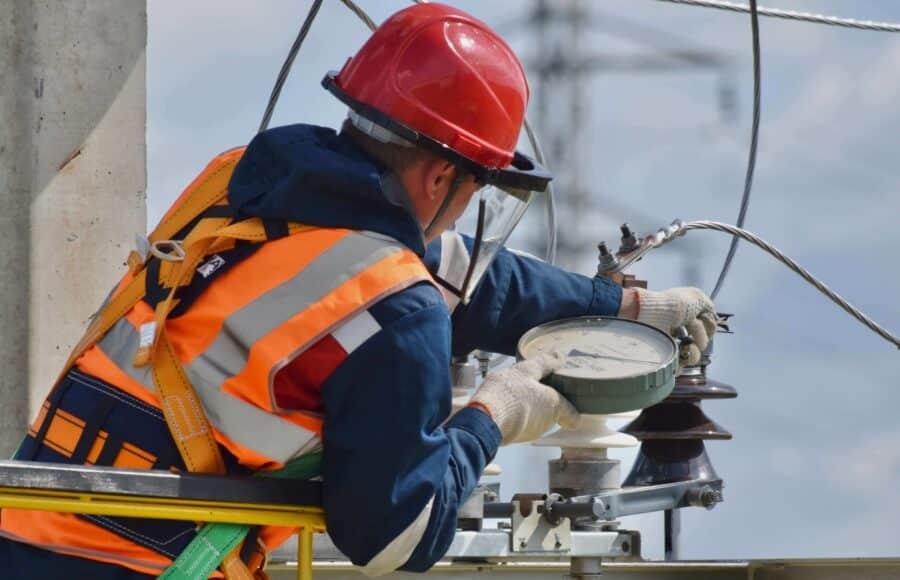Did you know there are over 500,000 listed buildings in the UK? These beautiful and historic structures are vital to our nation’s cultural and architectural heritage.
However, with time and exposure to the elements, the glazing in these buildings can become worn and damaged, compromising their structural integrity and aesthetic appeal.
Most of the listed buildings have some level of defective glazing. That’s why it’s crucial to properly refurbish and maintain the glazing in these buildings to preserve their beauty and character.
So, let’s dive in and discover the world of heritage building glazing together! Also, Look at our curtain wall repair services!
Table of Contents
Techniques for Refurbishing Glazing in Historic Buildings
High-level glass replacement in airports requires careful planning, coordination, and expertise to maintain the facility’s safety, functionality, and aesthetic appeal. Here are some critical considerations for high-level replacement glass:
Cleaning and Repair
When refurbishing glazing, gentle cleaning techniques must remove dirt and grime without damaging fragile historic glass.
Soft bristle brushes and mild soap solutions safely clean surfaces. Minor glass issues can be repaired through puttying or glazing compound application. Cracks or breaks are pieced together from the backside for support using lead cames and glazing points.
Putty or linseed oil compound fills in gaps while maintaining breathability. These traditional methods preserve the character of old glass in historic structures.
Preservation of Historic Glass
Preserving original historic glass is essential for maintaining the heritage integrity of old buildings. Compatible matching glass should replicate the original’s appearance when replacing damaged panes.
Historically accurate textures, imperfections and thickness are crucial details that inform preservation specialists on proper repairs. Original glass may also contain historical artwork, designs or colours that define the building’s era.
Carefully documenting and salvaging such glass allows it to be restored rather than replaced wherever possible. Preserving history through careful glass conservation is key in heritage restoration projects.
Reglazing
When the frames of historic windows remain sound, but the glass deteriorates, reglazing offers an effective preservation solution.
The process involves carefully removing all remnants of the old glazing putty and installing a new linseed oil-based glazing compound. Replacement panes are set onto the new glazing compound and secured with glazier points. Window functions are tested before finishing.
Reglazing improves thermal efficiency while preserving the windows’ historic frames, sashes and exterior appearance. It is a sensitive technique that extends the lifespan of valuable original window elements.
Reinforcing and Strengthening
Fragile historic glass may require targeted reinforcement to withstand daily window functions and weathering.
Methods like lead reinforcement carefully introduce discrete structural support from behind. Overlapping layers of lead are arranged in patterns that mimic historic leading styles. When installed properly, this traditional technique strengthens glass without altering its visible characteristics.
Environmental conditions can also weaken glazing integrity over time, so reinforcement protects irreplaceable transparent building fabric and allows the preservation of original windows.
Weatherstripping
As windows age, they can lose their ability to keep the weather at bay. Installing modern weatherstripping and draft-proofing systems is tricky in historic structures where the windows must remain virtually unchanged.
Specialist gaskets, strips, and seals made of felt, bronze, and jute discreetly introduce targeted energy upgrades. They are sized and explicitly fitted to each window profile from the interior, so the historic frames and outward appearance remain unaltered.
Through careful craftsmanship, weatherstripping seals windows for efficiency while respecting heritage integrity.
Secondary Glazing
For a non-invasive way to improve thermal performance, secondary glazing involves installing an additional Interior pane. These secondary window panels are usually constructed of wood and fitted precisely inside the existing window frames without attaching directly to them.
Careful measurements are needed to leave an airtight seal of at least 100 mm between the primary and secondary glazing for adequate insulation. This technique improves energy efficiency substantially while avoiding permanent alterations to historic features.
Secondary glazing is a top choice for preservationists for sensitive windows.
Preservation of Decorative Elements
Historic glass often features ornate leaded designs, etched patterns or painted scenes integral to understanding a building’s history and architecture. Careful documentation and labelling allow decorative panes to be meticulously removed during window work.
On-site storage protects fragile elements; a glazing laboratory can perform specialised cleaning of painted glass. Delicate repairs like lead came releading or prism replacement may be needed to restore integrity. When reinstallation occurs, the position of each piece is mirrored to reproduce the original designs.
Preserving such character-defining details is essential in heritage conservation projects.
Frequently Asked Questions
Can you replace the glass in a listed building?
Yes, you can replace the glass in a listed building, but there are some considerations to keep in mind:
- The local planning authority must approve the type of glazing installed. They will want to preserve the historic character of the building.
- Heritage double glazing is generally the best option for listed buildings. It is designed specifically for historic structures.
- Heritage double-glazing windows are made to look just like traditional single-glazed windows from the outside. This preserves the aesthetic look of the building.
- On the inside, they have a second layer of glazing for improved thermal efficiency. But from the street, they match the original windows.
What is the best double glazing for listed buildings?
Heritage Double Glazing is the best double glazing for listed buildings. Here are some key reasons why:
- Appearance: Heritage double glazing is designed to look identical to traditional single glazing from the outside, preserving historical character.
- Materials: These are typically wood, aluminium, or PVC to authenticate original frames. This is important in listed structures.
- Performance: A second glass layer provides thermal and sound insulation without compromising heritage integrity. Energy efficiency is improved.
Conclusion
In conclusion, refurbishing glazing in heritage-listed buildings requires specialised skills and techniques to remove existing glazing elements carefully and install replacement glazing that aligns with heritage preservation guidelines.
The glazing work must minimise the impact on the building’s heritage fabric and character-defining elements. Traditional glazing methods and materials can help the replacement blend seamlessly with the original design.
With the right expertise, listed buildings can achieve improved energy efficiency through new glazing while retaining their historic charm. Careful glazing refurbishments are essential in preserving heritage buildings for future generations.





